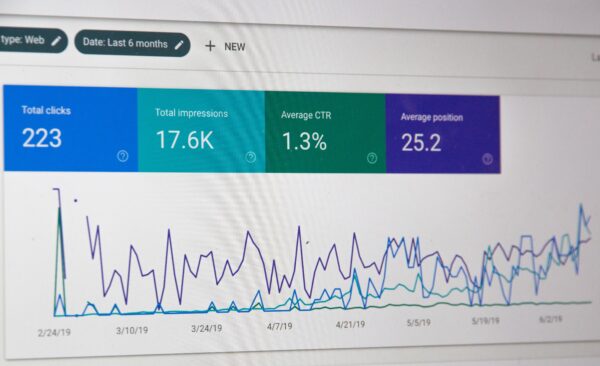Everyone is staying a bit more local this year and tech trends are reacting in the way of growth of local SEO. By localizing and leveraging SEO strategy towards a specific audience surrounding a business, brands are able to tune into the community conversation and build more personal relationships with the individuals that invest in them.
Understanding [Local] SEO Strategy
A successful traditional SEO strategy begins with targeted keywords. SEO experts then write cont
ent to encompass these results. The key here is to make sure that while keywords are incorporated into pages, the content is strong enough to stand alone and provide genuine information to users.
Not to mention, traditional SEO has a whole other side: technical SEO. But that’s another story.
The primary goal of traditional SEO strategies is to appear at the top of search engine result pages (SERPs). This is achieved by targeted keyword research and enhanced by in-depth writing, backlinks and more.
Local SEO strategy on the other hand, though technically a subset of general or global SEO, tends to be more abstract.

The focus of local SEO is on reaching more local customers.
And because 80 percent of local searches convert, it is important to add a local search focus to your SEO strategy.
While the pillars of successful SEO strategy remain the same when writing for local search, it is important to expand the focus to more broad SERP anatomy.
SERP anatomy
SERPs are composed of a few key elements: paid advertisements, snipits, organic search results, Google My Business (GMB) and map results.
Gaining ground on a local level
When devising a local SEO strategy, pay special attention to the more non-traditional SERP elements such as GMB profiles and map results. These are what typically promote local results more so than organic listings.
To make sure that your business is appearing in these areas when a user searches for branded or non-branded keywords and phrases relevant to your business, it is important to have an up-to-date GMB profile. This profile is linked to map results.
Local SEO strategy includes:
- Crafting location-specific copy for your website that includes city or town names, addresses, contact details, and more.
- Researching and capitalizing on local keywords, not just global.
- Adding relevant information to your website and profiles that allows customers to easily find the business.
- Engaging in local conversations either through reviews on various platforms or through social media.
- Establishing local connections with other online businesses to earn backlinks.
Keep in touch with your community
While textbook SEO strategy is geared towards helping your brand, business and website gain ground on a national or global level, local SEO strategy with these five actions at its core will help your business engage with its local customers and stay strong.
Now is the time to lean into local SEO as the market is still relatively small. But as the global trend leans towards local and community-centered businesses, local SEO is only expected to grow in popularity and importance for brands and their digital marketing strategies.